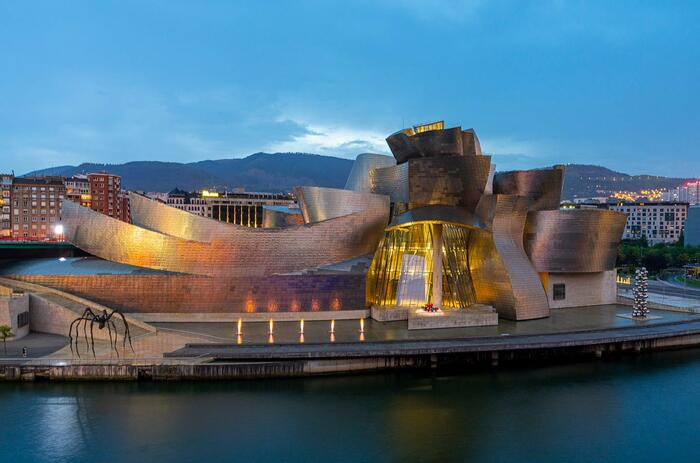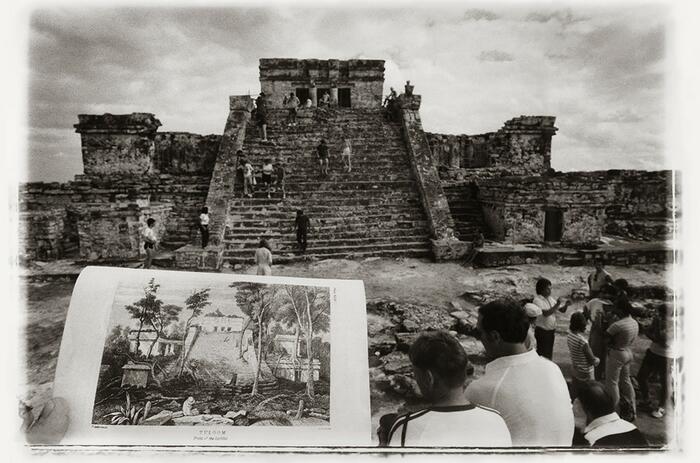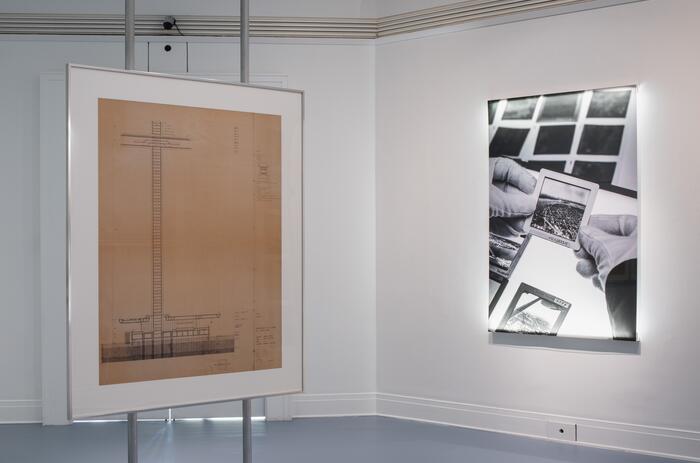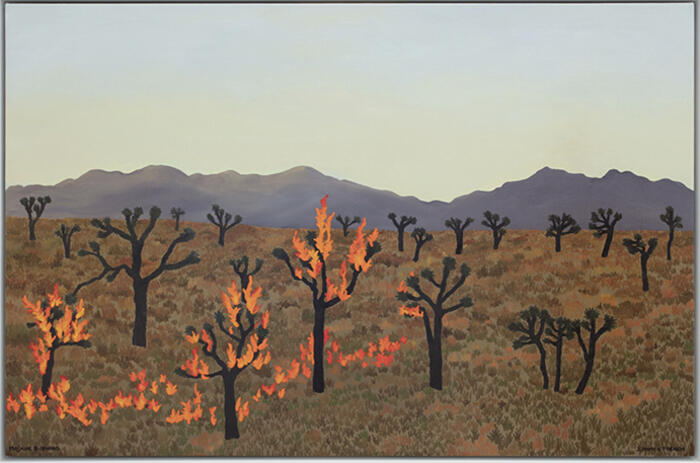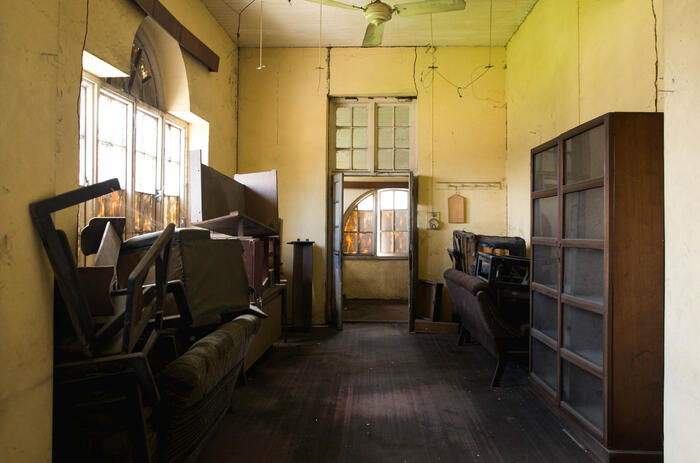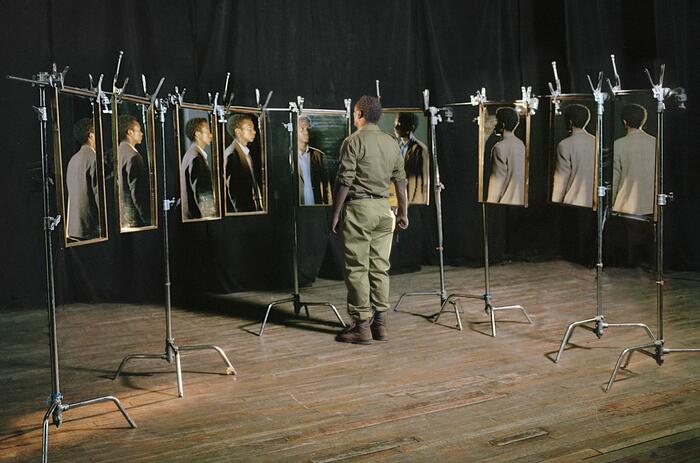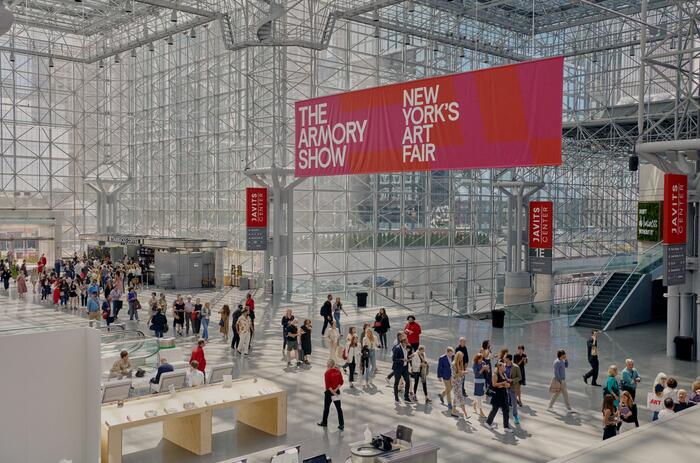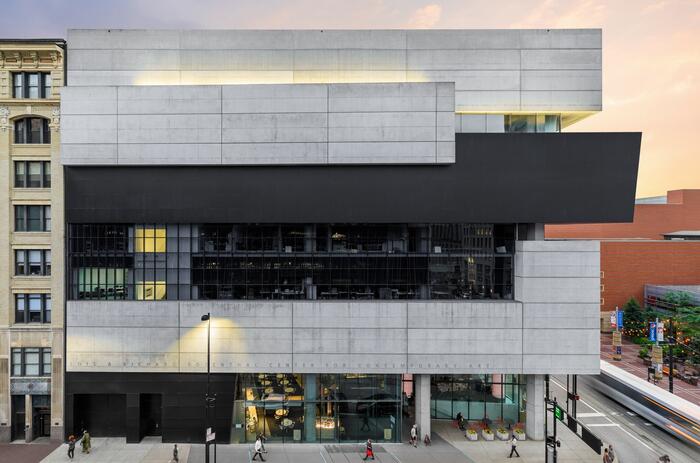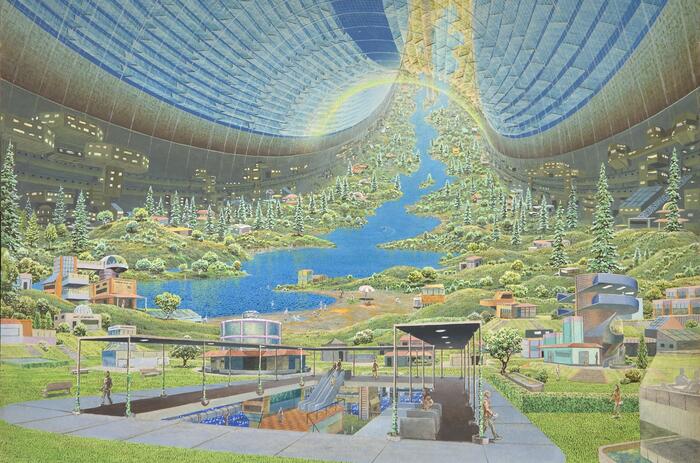ARCHITECTURE IN THE AGE OF INDUSTRY: MoMA COLLECTION 1880s–1940s
MoMA presents the topic of Architecture in the age of industry from the Collection 1880s–1940s in room 511. The exhibition explores how industrial structures in the United States sparked an architectural revolution in Europe.
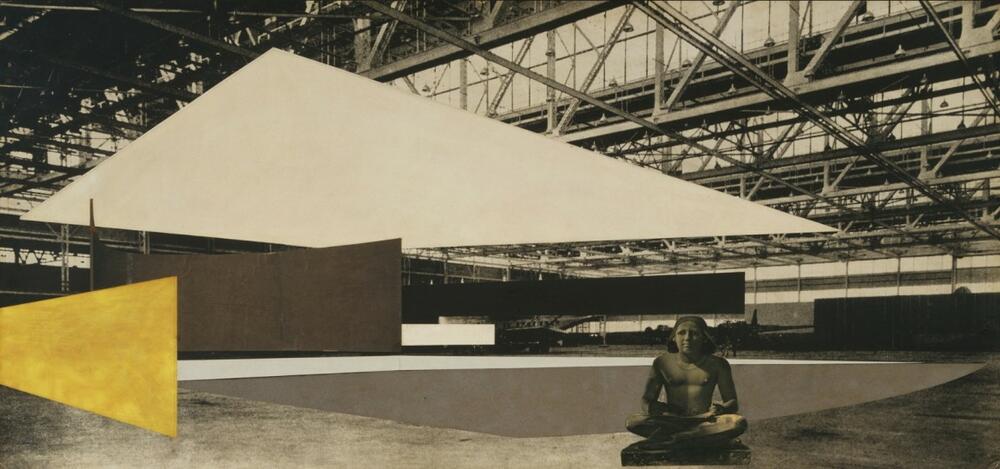
The early 1900s saw a boom of industry in the United States, embodied most notably by Henry Ford’s development of assembly line manufacturing. North America’s sprawling factory complexes and monumental grain silos transfixed a rising generation of European architects, sparking a revolution in architecture and design now known as the Modern Movement.
German architect Walter Gropius compared US industrial architecture to the Egyptian pyramids; Swiss-French architect Le Corbusier would later describe these buildings as “the first fruits of a new age.” Alongside others like the German American architect Ludwig Mies van der Rohe, they rejected ornament and created a new architectural language based on the form and function of machines and the industrial buildings that housed them. Modern architects embraced materials like steel, glass, and reinforced concrete, whose widespread use was facilitated by mass production. This same technology also transformed the field of industrial design, shaping the look and style of a new era of everyday, factory-produced objects.
The exhibition is organized by Mallory Cohen, Curatorial Assistant, Department of Architecture and Design, and Martino Stierli, Philip Johnson Chief Curator of Architecture and Design.
-
Exhibition views. Courtesy MoMA.
-
Exhibition views. Courtesy MoMA.
-
Frank Gohlke. Grain Elevators, Plainview, Texas. 1975-78
-
El Lissitzky. Amerika. Die Stilbildung des neuen Bauens in den Vereinigten
Staaten (Neues Bauen in der Welt) (America: The Development of Style in New
Buildings in the United States [New Ways of Building in the World]), vol. 2. 1930
-
Ludwig Mies van der Rohe. Concert Hall project (Interior perspective). 1942. Graphite, cut-and-pasted photoreproduction, cut-and-pasted papers, cut-and pasted painted paper, and gouache on gelatin silver photograph mounted on board, 29 1/2 x 62" (75 x 157.5 cm). Mies van der Rohe Archive, gift of Mrs. Mary Callery. © 2023 Artists Rights Society (ARS), New York / VG Bild-Kunst, Bonn.
-
Corning Glass Works, Corning, NY. Boiling Flasks. 1920s
-
Scovill Mfg. Co., Plumbers Brass Goods Div., Waterbury, CT. Flush Valve. Before 1934


